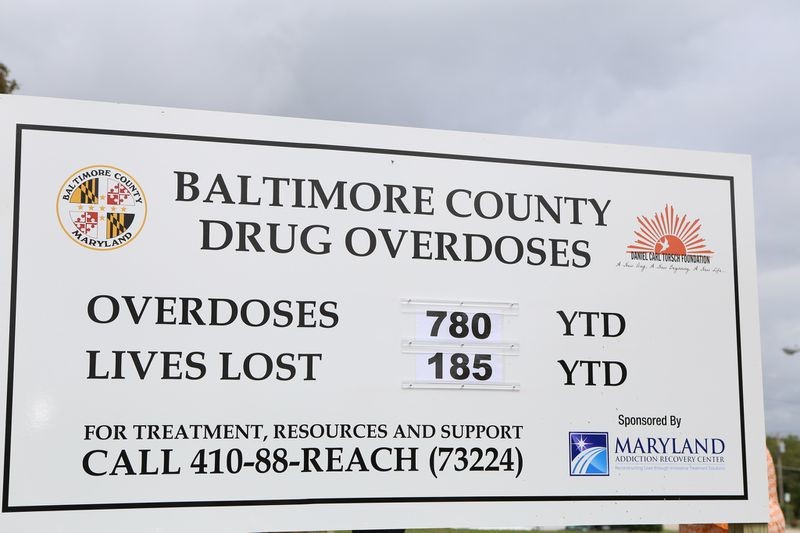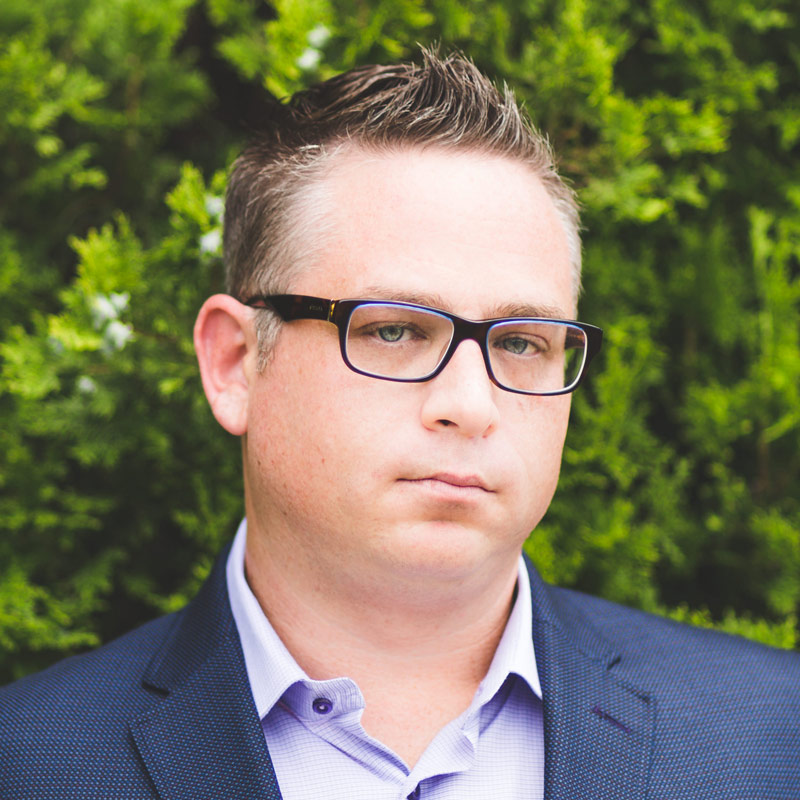What are Opioids?
Opioids are a class of drug naturally found in the opium poppy plant and that work in the brain to produce a variety of effects, including the relief of pain. Opioids can be both prescription medications often referred to as painkillers, or they can be illicit, or so-called street drugs, such as heroin.
Many prescription opioids are used to block pain signals between the brain and the body and are typically prescribed to treat moderate to severe pain. Some examples of prescription opioids are Vicodin, Hydrocodone, Percocet, Oxycodone, OxyContin, morphine, codeine, methadone, and fentanyl. Heroin and opium are examples of illicit opioids.
How did we get here?
The current opioid epidemic (and overall addiction epidemic) come from both legal and illegal (or perhaps better described as “prescribed” and “unprescribed”) use and misuse of opioids. Opioids are highly addictive. They can make a person’s brain and body believe the drug is necessary for survival. As a person’s brain and body learn to tolerate the prescribed dose or normal usage amount, an individual may find that they need even more of the substance to achieve the same effect (relieve pain, get high) or even achieve a sense of physical well-being or normalcy, which can lead to physical dependence. Opioids also impact the pleasure centers in the brain, making it difficult to find pleasure or comfort without the use of the drug. Every person is different and has a different genetic makeup, therefore for some people, physical dependency, that often leads to full-blown addiction, can occur if taking opioids for only a short period of time (sometimes days or weeks.)
In terms of the current opioid epidemic, a number of factors contributed to where we currently find ourselves. First, in 1996, the American Pain Society (APS) instituted “pain as the 5th vital sign” in an effort to reduce the burden or under assessment and inadequate treatment of pain for patients. In 2001, the Joint Commission (former The Joint Commission on the Accreditation of Healthcare Organizations, or JCAHO), the national accreditation for hospital and healthcare systems, introduced as part of a national effort, introduced standards for organizations to improve their care for patients with pain. This includes using pain as the 5th vital sign. Hospitals, often who receive accreditation marks and/or funding based on patient surveys, were reactionary to this, and thus prescribing of opioids increased. Finally, in the 1990s, Purdue Pharma began making and marketing the powerful opioid OxyContin, creating a perfect storm. Purdue Pharma, currently in the midst of numerous legal battles, has been found through litigation and internal documents to have made a consolidated push to market OxyContin as “safe” and “non-addicting”, which is obviously inaccurate.
In this perfect storm, the prescriptions of OxyContin and other opioids skyrocketed, pain clinics that handed out prescriptions like candy cropped up nationwide, and flooded America with powerful, addictive, and dangerous opioids, creating the beginning stages of our current opioid epidemic.
Numbers and Impact of the Opioid Epidemic
Here are some numbers related to our current opioid epidemic:
- In 2016, opioid overdoses caused more than 42,000 deaths
- In 2017, opioid overdoses caused more than 70,200 deaths
- From 1999 to 2017, more than 700,00 people have died from a drug overdose death
- In 2017, the number of overdose deaths involving opioids (both prescription opioids and illegal opioids) was 6 times higher than in 1999
- On average, 130 American die every day from an opioid overdose
- Prescription opioid volumes peaked in 2011, with the equivalent of 240 billion milligrams of morphine prescribed. The volume has declined by a 29% drop in 2017, based on more education of physicians and the public, the awareness of the opioid crisis, and prescription monitoring programs in numerous states
- Deaths from opioid overdoses is the most dramatic impact but far from the only impact of opioid use. About 11.4 million Americans misused opioids in 2017, including 11.1 million prescription misusers and 886,000 heroin users
- In 2017, healthcare providers across the U.S. wrote more than 191 million prescriptions for opioid pain medication- a rate of 58.7 prescriptions per 100 people
- Despite guidelines to limit opioids as a first approach to managing most chronic pain, a study found that primary care clinicians wrote 45% of all opioid prescriptions in the United States
- Every day, more than 1,000 people are treated in emergency rooms or emergency departments nationwide for misusing prescription opioids
- In 2017, prescription opioids were involved in more than 35% of all opioid overdose deaths: nearly 17,000
- The CDC estimates the total economic burden of prescription opioid misuse in the U.S. is $78.5 billion a year, including health care, lost productivity, addiction treatment, and criminal justice involvement (and this is just the economic impact of prescription opioid misuse, so it does not account for the economic impact of illicit opioids and other substance misuse)
Baltimore County Impact
Baltimore County has also been severely impacted by the opioid epidemic. Some information regarding that impact include:
- Between 2007 and 2012, there was an average of 112 fatal overdoses annually in Baltimore County
- In 2018, more than 300 people died from fatal overdoses in Baltimore County
- In 2019, Baltimore County police has used Naloxone, the overdose reversal drug, 135+ times
- In 2019, Baltimore County emergency personnel has used Naloxone more than 1200 times
- So far in 2019, Baltimore County has experienced 780 drug overdoses
- So far in 2019, Baltimore County has experienced 185 fatal overdoses
- In late August, Baltimore County Executive Johnny Olszewki’s office created the initiative, with support from local Councilman David Marks and the local non-profit Daniel Carl Torsch Foundation, where overdose awareness signs would be erected throughout the county to aid in breaking the stigma of addiction, increase access to care and get more people help.

Maryland Addiction Recovery Center (MARC), offers treatment to those suffering from addiction, substance use disorder, and co-occurring disorders through several different access points of care:
- 50 bed extended care Community Living Treatment program
- PHP program
- Day Intensive Outpatient (IOP) program
- Evening Intensive Outpatient (IOP) program
Additionally, MARC incorporates both harm reduction strategies and evidence-based approaches to aiding those suffering from addiction and opioid use disorder (OUD) through the use of Medication-Assisted Treatment (MAT) throughout our addiction and co-occurring treatment programs. Opioid Use Disorder is a complex, chronic, progressive disease and medication-assisted treatment (MAT) is an effective evidence-based approach to deal with an addiction to opioids. Here at MARC, we believe that utilizing every available approach and resource in combating addiction and aiding patients into a lifelong recovery is vital in best practices and high-quality patient are. When looking at the destructive impact the opioid crisis has had on our loved ones, our families, and our communities both locally and nationwide, and the rising rates of overdoses and overdose deaths, we believe that no approach should be ruled out if it allows an individual to stay alive, being to overcome their addiction, and live a happy and productive life. Therefore, we understand the value of MAT and endorse the use of FDA-approved medications such as buprenorphine, Suboxone, Naltrexone, and Vivitrol within the framework of our comprehensive clinical services to aid a patient in the early stages of their recovery.
Learn more about how we handle opioid use disorder and medication-assisted treatment
If you or someone you know needs help for addiction or co-occurring disorder issues, please give us a call. Maryland Addiction Recovery Center offers the most comprehensive dual diagnosis addiction treatment in the Mid-Atlantic area. If we aren’t the best fit for you or your loved one, we will take the necessary time to work with you to find a treatment center or provider that better fits your needs. Please give us a call at (410) 773-0500 or email our team at info@marylandaddictionrecovery.com. For more information on all of our drug addiction, alcohol addiction and co-occurring disorder services and recovery resources, please visit our web site at www.marylandaddictionrecovery.com.
